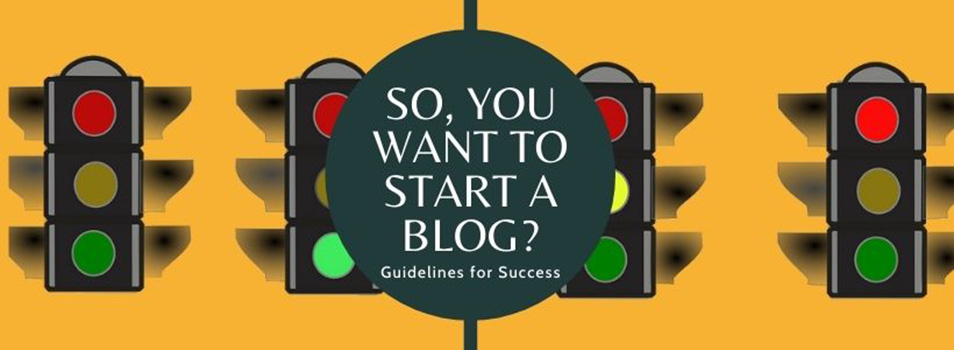Headings

Part 2 in the series: Making Stuff Better
We’ve all used the heading styles in the toolbar editor. But I thought I’d tell you a little more about them so you know how to use them effectively.
Headings are great for communicating to the user. Not only do they describe a section of content, but when they’re used consistently and correctly, they can even communicate something about the importance of that content.
In the example below, which do you perceive as the more important section?
Tuition
Tuition for the current academic year is …
Course fees
Additional fees are assessed by course …
If you said “the first one,” you’re correct. Not only did it come first, but it has the bigger/more noticeable heading style. Pretty easy stuff, right?
If you always organize your page in order of importance, you will be set to use headings appropriately, because headings should also be used in descending order: heading 1, heading 2, heading 3, etc.
A couple of notes about headings
- The “heading 1” style should only be used as the title of your page, and it should not be used more than once per page. Search engines give special weight to the heading 1, expecting it to describe the rest of the content on the page.
- Headings should be short and should describe content. Heading styles should not be used just to highlight text. Bold or italicized text, paragraph breaks, bulleted lists, numbered lists and indents can all be used to break up and highlight text.


